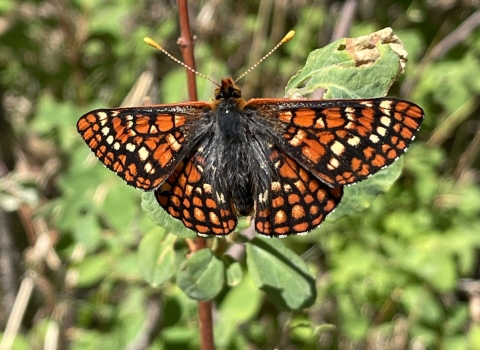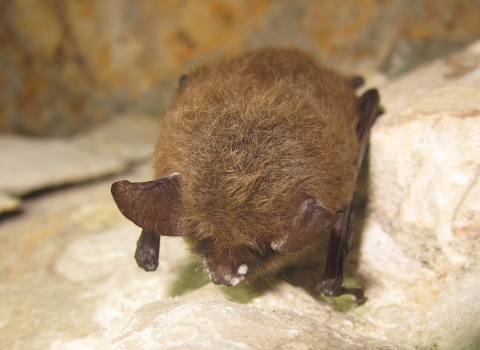Following a thorough review of new scientific data, the U.S. Fish and Wildlife Service is withdrawing its proposal to reclassify the Virgin Islands boa from endangered to threatened under the Endangered Species Act (ESA).
The withdrawal of this proposed reclassification is based on new information received during the public comment period, specifically new survey results that indicate that the Virgin Islands boa is likely extirpated from Cayo Ratones (Puerto Rico), previously one of the largest known populations. Also, an error was discovered in the Species Status Assessment (SSA) the Service completed in 2018. The resiliency of the Cayo Diablo (Puerto Rico) population is lower than previously calculated. The changes to resiliency (ability to adapt and survive changes in the environment) in both the Cayo Ratones and Cayo Diablo populations have been revised in an updated version of the SSA (Service 2022, entire; available at http://www.regulations.gov under Docket No. FWS-R4-ES-2019-0069).
“The Service is committed to an open and transparent process,” said Mike Oetker, the Service’s Acting Southeast Regional Director. “With the new information received during our comment periods, we are able to make the best decision for the future of the Virgin Islands boa. While we are not quite at a point where we can reclassify the species, we thank our partners for all that they are doing to help us conserve this species and so many others native to this region.”
Listed under the ESA as endangered in 1979, the Virgin Islands boa is a non-venomous snake that grows up to about four feet long, spends its days mostly under cover, and its nights in trees hunting lizards and other prey. Currently, the Virgin Islands boa occurs on six islands between Puerto Rico, the U.S. Virgin Islands (USVI), and the British Virgin Islands (BVI): the eastern Puerto Rican islands of Cayo Diablo and Culebra; Río Grande on the Puerto Rican main island; eastern St. Thomas and an offshore cay in USVI (USVI Cay; an introduced population); and Tortola. When it was listed, the boa was known from three locations: Puerto Rico, St. Thomas, and Tortola.
The Puerto Rico Department of Natural and Environmental Resources, the United States Virgin Islands Department of Planning and Natural Resources, Division of Fish and Wildlife, the North Carolina Zoo, the Fort Worth Zoo, the Saint Louis Zoo, and Island Conservation are working with the Service to help conserve the boa. Ongoing efforts that are benefitting the Virgin Islands boa include captive breeding, planned reintroductions, rat eradication efforts, genetics research, and surveys. These recovery actions are ongoing and may eventually improve the boa’s population resiliency. Also, three of the six existing populations are on land protected by the Commonwealth of Puerto Rico, the USVI, or the Service.
The proposed reclassification published on September 30, 2020, and was reopened for additional public comment on April 26, 2021, with a virtual public hearing on May 12, 2021. With the new information received during the public comment periods, the Service finds that there is no longer sufficient evidence to justify reclassifying the Virgin Islands boa as a threatened species as it still meets the definition of an endangered species. The revised SSA report (Service 2022, entire) shows that current population trend estimates for Puerto Rico and the USVI are either declining, potentially declining, considered rare, or unknown and most populations are small or considered rare.
This withdrawal, comments on our September 30, 2020, proposed rule, and supplementary documents are available for public inspection on the Internet at http://www.regulations.gov at Docket No. FWS-R4-ES-2019-0069.
The U.S. Fish and Wildlife Service works with others to conserve, protect, and enhance fish, wildlife, plants, and their habitats for the continuing benefit of the American people. For more information on our work and the people who make it happen, visit http://www.fws.gov. Connect with our Facebook page at www.facebook.com/usfwssoutheast, follow our tweets at www.twitter.com/usfwssoutheast, watch our YouTube Channel at http://www.youtube.com/usfws and download photos from our Flickr page at http://www.flickr.com/photos/usfwssoutheast.



